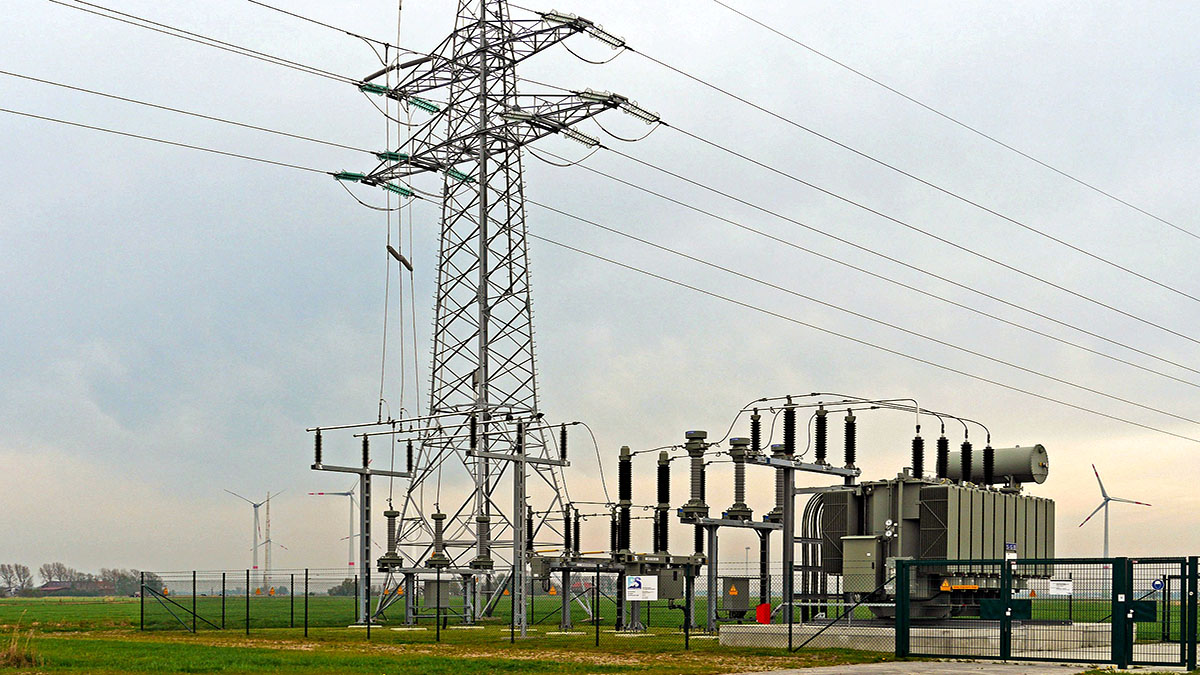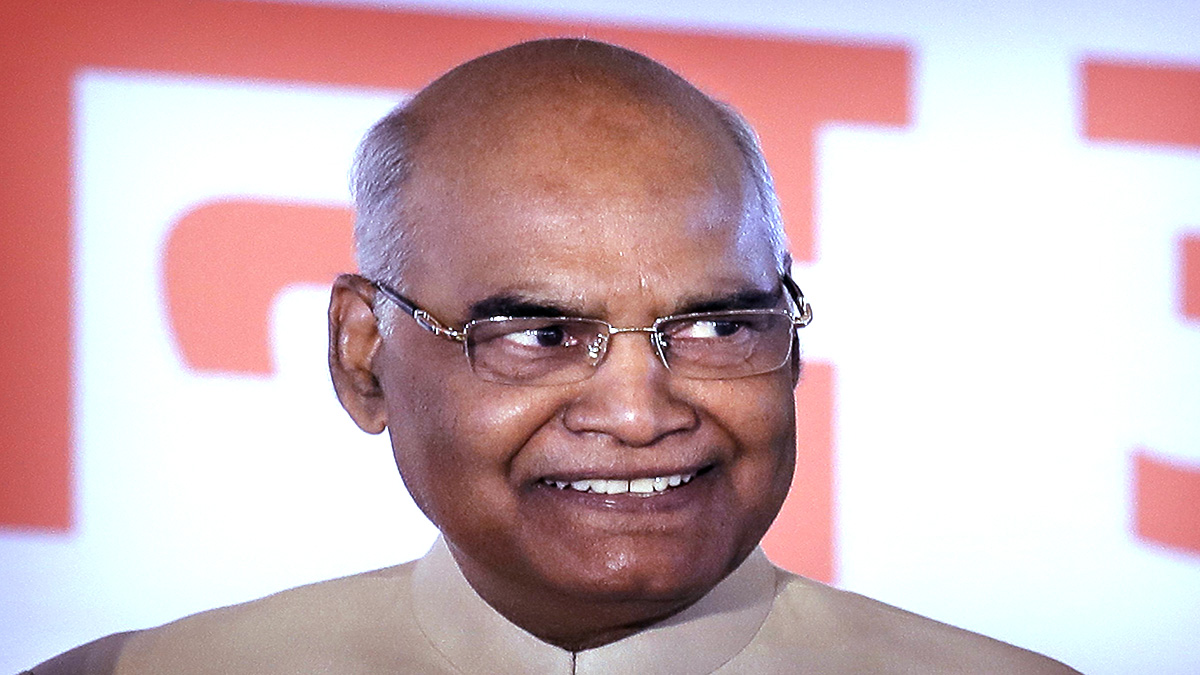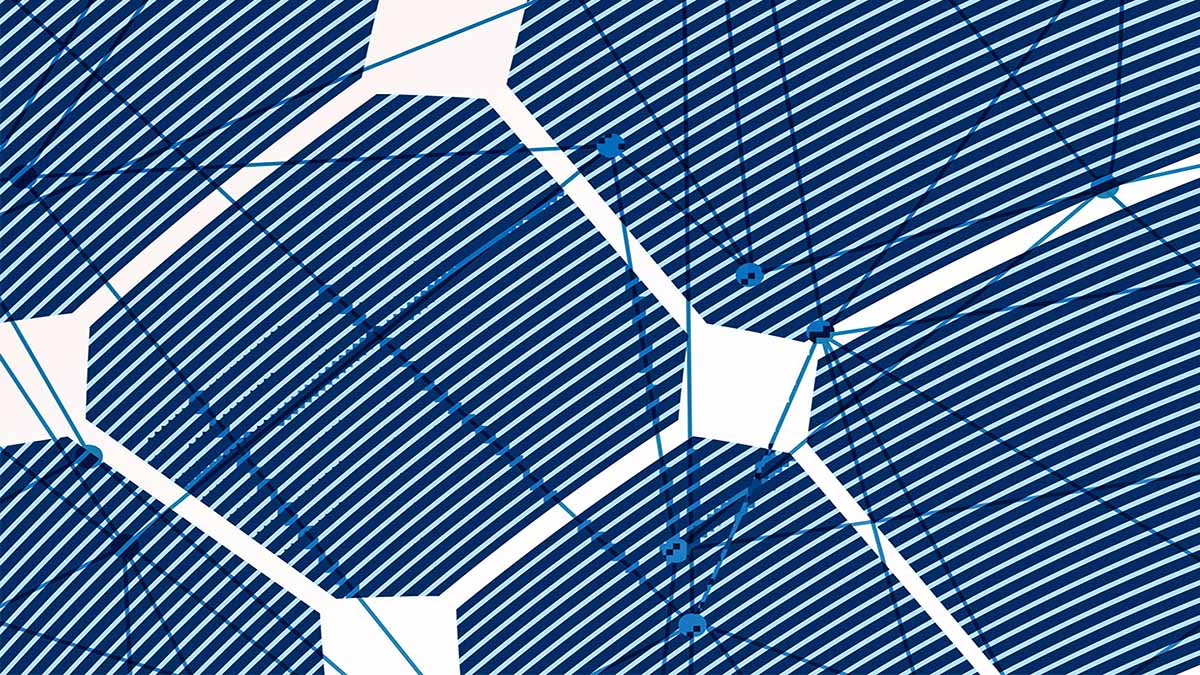The DISCOMs in the city estimate that putting the entire high tension overhead power network in the city underground will cost ₹2,400 crore or three times more than the cost of insulating it, DISCOM sources said. The majority of high tension wire in the city is already underground or insulated, they added.
Delhi is a very old city, much of it is unplanned. Despite this, a large part of the critical electricity network is insulated or underground. In fact, areas which are planned with a high density of population have a higher percentage of underground network, the sources said.
On the other hand, rural and semi-rural areas, with vast open spaces have a higher degree of overhead network. Moreover, usually the old networks are overhead, and all the new upcoming networks are underground, LT voltage level in general is an exception, they said.
The Delhi Cabinet in a meeting chaired by Chief Minister Arvind Kejriwal earlier this month approved a policy to convert bare electricity lines into insulated conductors for protection to life and property.
The government said in a statement that about 2,264km of bare conductor network will be converted into an insulated network by the three DISCOMs – Tata Power Delhi Distribution Limited (TPDDL), BSES Yamuna Power Limited (BYPL) and BSES Rajdhani Power Limited (BRPL) in Delhi.
Kejriwal had also said that the government was working on shifting all overhead electrical wires underground.
Official figures show that out of a total of 2,264 km of electric wires, TPDDL will convert 1,270 km into an insulated network, BYPL 29 km and BRPL 965 km. The DISCOM sources said in South and West Delhi, BRPL has 6,926 km of cables at the 11 kV level. Of this, 5,888 km or 85% is underground and 73 km or 1% is overhead (insulated).
Just 965 km or 14% is over-head wire and uninsulated.
In East and Central Delhi, BYPL has 2,662 km of cables at the 11 kV level. Of this, 2,636 km or 99% is underground and only 26 km or 1% is overhead uninsulated, they said.
In TPDDL area of North and North West Delhi, around 65% of the cables is underground at the 11 kV level. Around 1,270 km is overhead uninsulated, the sources said.
Around Rs 2,400 crore is estimated to be required for conversion of the entire existing high tension (HT) overhead network to underground. On the other hand, it is estimated to cost around Rs 700 crore for insulating them.
The Delhi government has provided Rs 25 crore to the power department in the financial year 2021-22 for the project under the “Jagmagaati Delhi (shining Delhi)” programme.
There are two philosophies for conversion of overhead bare conductors (wires) to enhance safety and aesthetics, said power sector experts.
“The first option is overhead to underground and the second option is insulating bare conductors (wires). Between the two, the first one is the preferred option,” they said.
However, in a practical scenario, a combination of the two works is the best. In rural areas with adequate clearance, insulated covered conductors (cables) will be a cost-effective solution compared to shifting them underground, while in areas with rocks underneath, insulation will be needed, they added.













